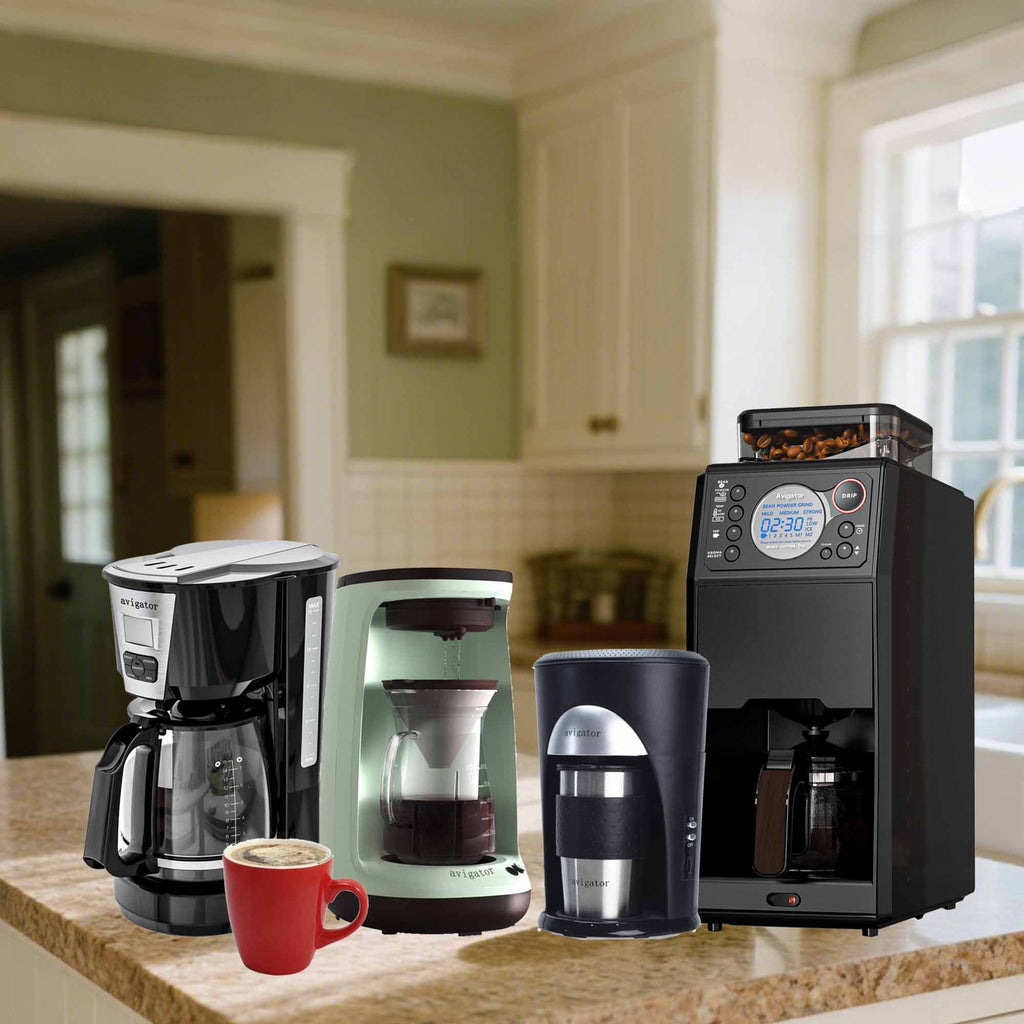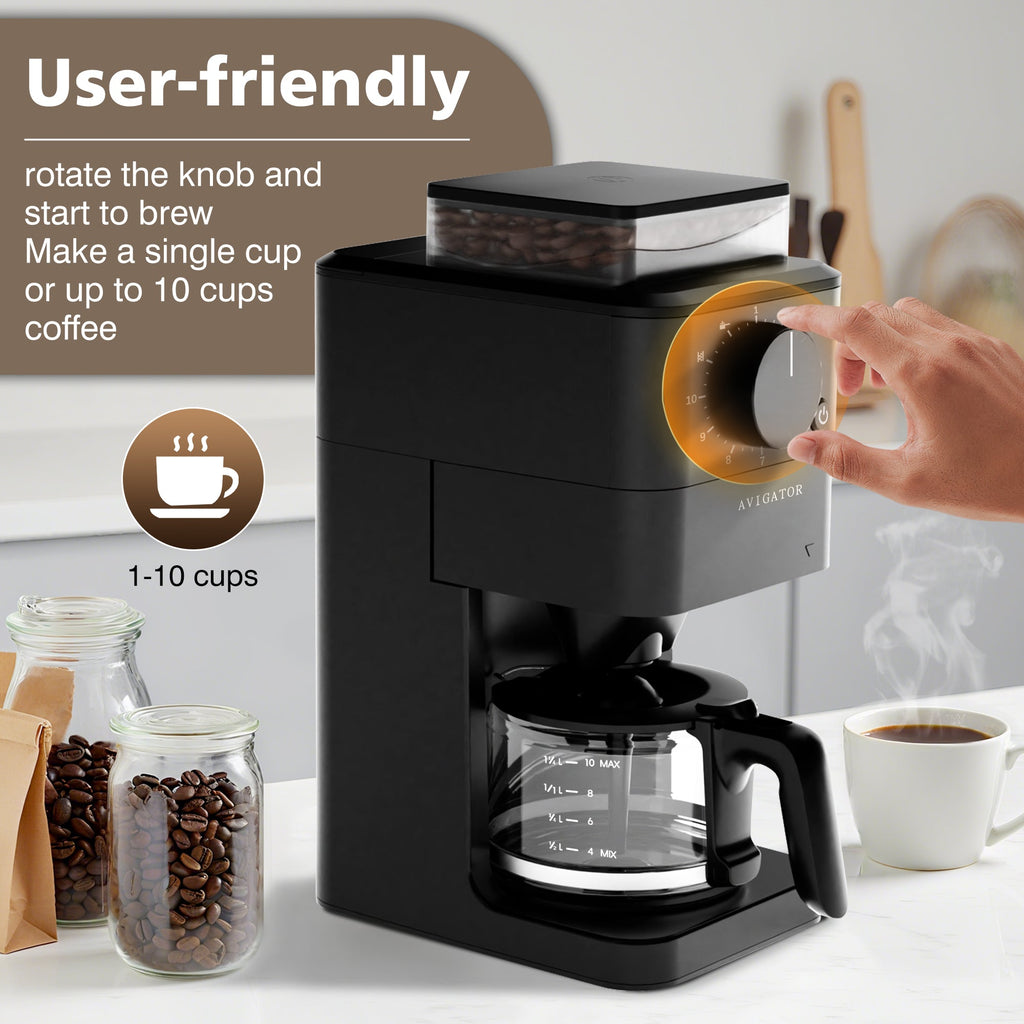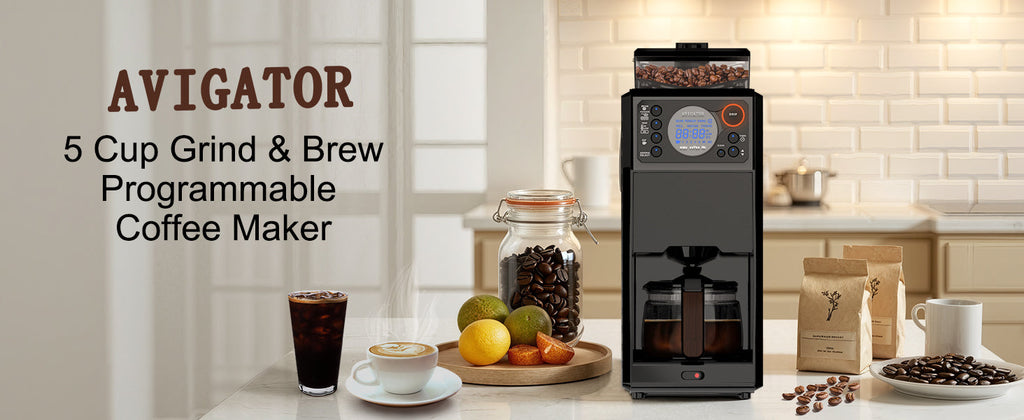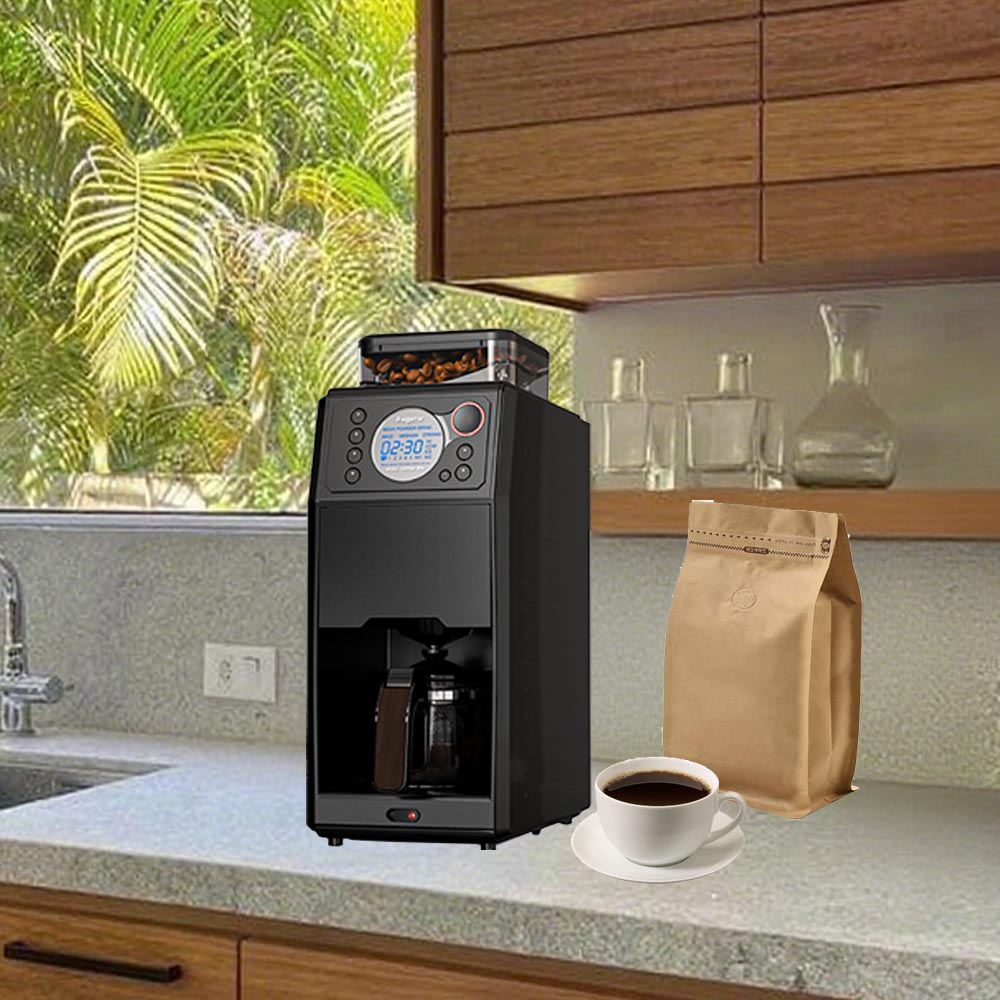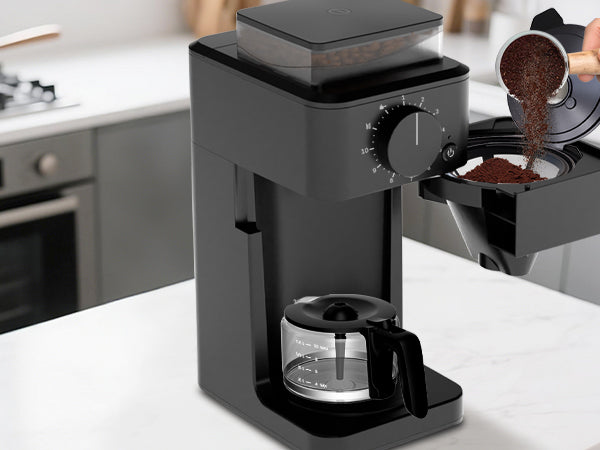
Best Coffee Maker Features to Look for at Home

The coffee maker has become one of the most common appliances in households worldwide. In the U.S. alone, 62% of Americans drink coffee daily, according to the National Coffee Association. The shift toward home brewing has grown rapidly, especially after 2020 when remote work expanded. Families are now investing in machines that not only brew coffee but also fit their lifestyle, budget, and daily routines.
However, buying a coffee machine is not just about picking the sleekest model or the most advertised brand. It’s about understanding what features actually matter for consistent performance, taste, and long-term usability. Whether you drink two cups a day or prepare several pots for the whole household, the right features can make the difference between convenience and frustration.
Best Coffee Maker Features to Look for at Home
This guide explores the best coffee maker features to look for at home, backed by case studies, market research, and real user data.
1. Brew Capacity and Carafe Size
One of the first questions to ask is: How much coffee do you actually drink daily?
-
Single-Serve Machines: Ideal for individuals or small households. Research from Statista shows that the single-serve coffee machine market in the U.S. is projected to reach $6.3 billion by 2027, highlighting strong demand for Keurig and similar pod-based systems.
-
Full Pot / Drip Coffee Makers: A 10- to 12-cup carafe suits families or workplaces. A 2022 Consumer Reports survey found that households with multiple coffee drinkers save more money annually with drip machines compared to pods.
-
Dual Coffee Makers: These combine both options, letting you brew a single cup in the morning rush or a whole pot for guests.
Case Study:
A family of four in Chicago tracked their coffee expenses over 6 months. By switching from single-serve pods to a 12-cup drip coffee maker, they reduced their monthly cost from $120 to $45 on average, mainly by buying ground coffee in bulk.
Key takeaway: Choose capacity based on actual usage, not just brand appeal.
2. Brewing Speed
Morning routines are often rushed, so brew time matters.
-
Standard drip machines: Average brew time is 8–12 minutes for a full pot.
-
Single-serve machines: Brew in 1–2 minutes, but only for one cup.
-
Thermal brewers and high-end drip models: Some can brew a full pot in under 6 minutes without compromising taste.
According to a survey by Home Appliances Review, 67% of coffee drinkers rank brewing speed among the top three deciding factors when buying a new machine.
Practical insight: If you often rush out the door, a machine with programmable start time or a quick-brew setting can be a game changer.
3. Programmable Settings and Smart Features
Modern coffee makers offer technology-driven convenience.
-
Auto Start Timer: Pre-load your machine the night before so fresh coffee is ready when you wake up.
-
Strength Control: Adjusts brew concentration, ideal for families with different preferences.
-
Smart Connectivity: Wi-Fi-enabled models, such as Hamilton Beach’s Smart Coffee Maker (integrated with Alexa), let you start brewing with a voice command.
Case Study:
A group of remote workers tested smart vs. manual coffee makers for 30 days. With programmable features, participants reported saving an average of 8 minutes per morning, amounting to nearly 4 hours per month. That’s equivalent to half a workday regained simply through automation.
Key takeaway: For frequent drinkers, automation provides measurable time savings.
4. Temperature Control
The Specialty Coffee Association (SCA) sets the optimal brewing temperature between 195°F and 205°F. Brewing below this range leads to under-extraction (weak flavor), while overheating causes bitterness.
-
Basic models: Fixed temperature, usually adequate for casual drinkers.
-
Advanced models: Adjustable temperature for those experimenting with different beans.
A study in the Journal of Food Science found that brewing at 200°F extracted 15% more soluble compounds compared to brewing at 180°F, leading to fuller flavor.
Key takeaway: If taste quality is a top priority, choose a machine that offers precise temperature control.
5. Water Filtration System
Coffee is 98% water, so water quality directly affects taste.
-
Machines with built-in charcoal filters reduce chlorine, heavy metals, and odors.
-
Without filtration, tap water can alter flavor and shorten machine lifespan due to mineral buildup.
The Water Quality Association reports that users in hard-water regions experienced 35% shorter machine lifespans without filtration.
Practical tip: For households in hard water areas, water filtration is not optional—it extends machine durability and enhances taste.
6. Carafe Type: Glass vs. Thermal
The type of carafe impacts both convenience and energy use.
-
Glass Carafes:
-
Typically sit on a warming plate.
-
Coffee stays hot but risks burning after 30 minutes.
-
Lower upfront cost.
-
-
Thermal Carafes:
-
Double-walled stainless steel design.
-
Maintains heat for 2–4 hours without burning.
-
Saves energy since no warming plate is required.
-
Case Study:
Consumer Reports tested heat retention: after 2 hours, coffee in a thermal carafe stayed at 150°F, while coffee in a glass carafe on a warming plate dropped to 120°F.
Key takeaway: Thermal carafes are better for households that drink coffee throughout the day.
7. Ease of Cleaning and Maintenance
Coffee oils and mineral buildup affect taste and machine performance.
-
Removable parts: Easier to wash in a dishwasher.
-
Self-cleaning functions: Alerts for descaling cycles.
-
Pod machines: Require regular needle cleaning to prevent clogs.
A Harvard Health study linked mold growth in neglected coffee machines to potential allergens, stressing the need for regular cleaning.
Practical tip: Look for coffee makers with dishwasher-safe components or descaling reminders to avoid health risks.
8. Energy Efficiency
Coffee makers run daily, so energy use matters.
-
Auto shut-off: Most modern machines include this, turning off heating plates after 30–120 minutes.
-
Energy Star rating: Verified for efficiency.
According to the U.S. Department of Energy, appliances with auto shut-off features save an average household $20–$40 annually in electricity costs.
9. Grinder Integration (Grind and Brew)
Freshly ground beans produce richer coffee.
-
Built-in Grinder Machines: Combine grinding and brewing.
-
Blade grinders: Cheaper but inconsistent.
-
Burr grinders: More precise, better extraction.
Market data shows that households using grind-and-brew machines reported 20% higher satisfaction with taste compared to pre-ground users.
Key takeaway: For serious coffee drinkers, an integrated burr grinder is a worthwhile investment.
10. Price vs. Long-Term Value
A coffee maker isn’t just a one-time purchase; it’s an investment.
-
Budget models ($30–$80): Basic functions, shorter lifespan.
-
Mid-range models ($100–$250): Offer most of the features listed above.
-
High-end models ($300–$800): Include smart features, precise controls, and durability.
Case Study:
A 2021 independent test found that mid-range drip machines lasted an average of 5–7 years, while budget models averaged 2–3 years. Over a decade, replacing budget machines cost more than investing in a mid-range model upfront.
11. Noise Levels
Coffee makers with grinders or steam functions can be loud.
-
Standard drip machines: Quiet operation.
-
Grind-and-brew models: Can reach 70–80 decibels, similar to a vacuum cleaner.
If you brew early mornings, consider noise level as a comfort factor for the household.
12. Safety Features
Safety should not be overlooked.
-
Auto shut-off: Prevents overheating or fire risks.
-
Cool-touch surfaces: Important for families with children.
-
Locking lids: Reduce spill accidents.
According to the U.S. Consumer Product Safety Commission, coffee makers accounted for 4,000+ household accidents annually, many linked to hot spills.
13. Brand Reliability and Warranty
Not all brands perform equally over time.
-
Consumer Reports ranks brands like Breville, Technivorm, and Cuisinart higher in durability.
-
Warranty coverage often reflects confidence in build quality: 1 year (basic models) vs. 3–5 years (premium).
Practical tip: Always check warranty terms and average lifespan reviews before purchase.
Conclusion
Choosing the best coffee maker for home use is less about looks and more about functionality, durability, and alignment with your lifestyle. From brew capacity and programmable settings to temperature control and filtration systems, each feature plays a role in how your coffee tastes and how convenient your mornings become.
The most successful purchase comes from matching features to real-world needs. A single professional may prefer a fast, single-serve pod system, while a large household benefits from a 12-cup drip machine with a thermal carafe.
Coffee is a daily ritual for millions, and the right coffee maker can turn that ritual into both a time-saver and a cost-effective choice. The decision is not just about brewing coffee—it’s about improving daily life with measurable benefits in time, taste, and savings.

